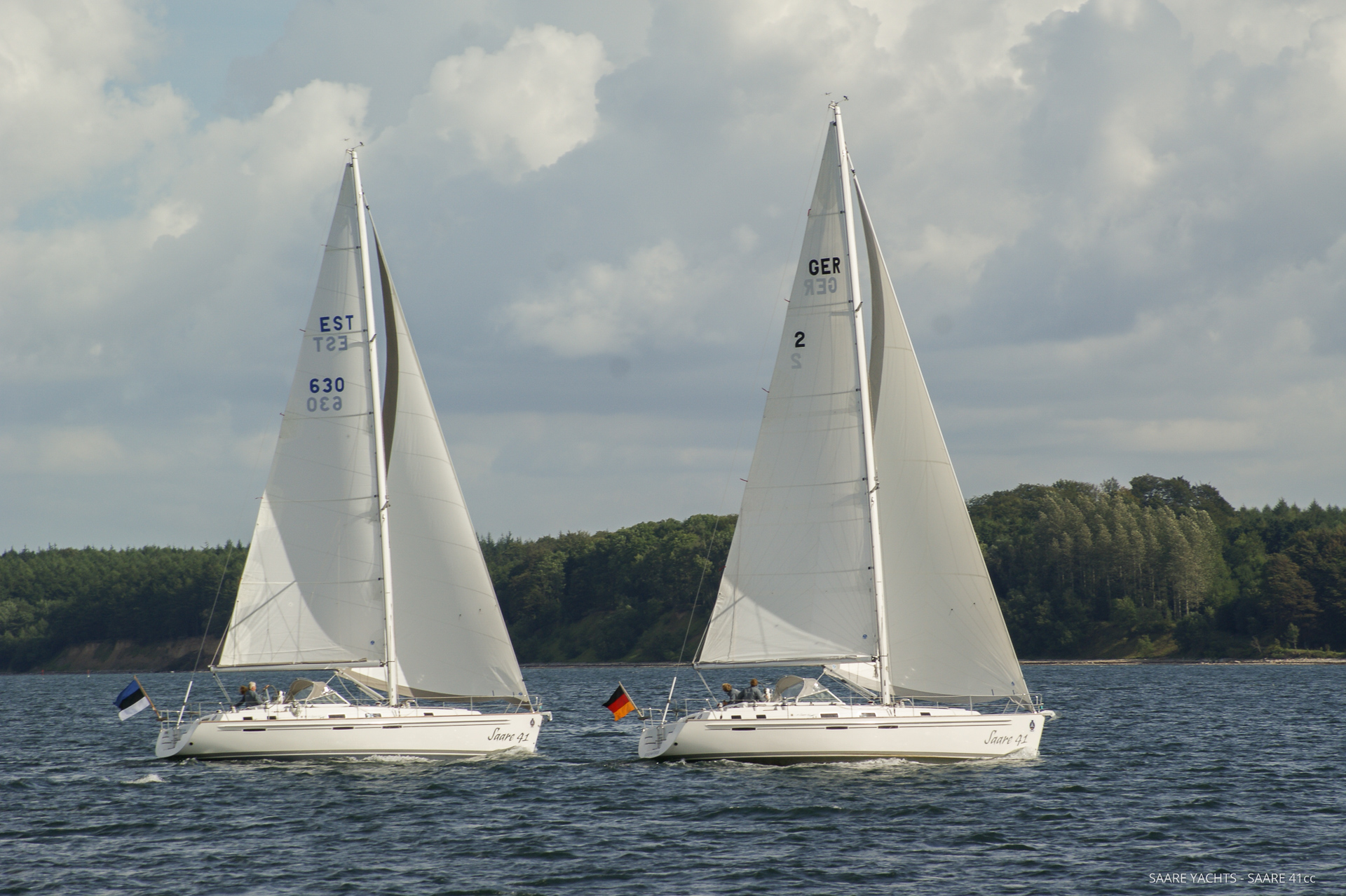
Sailboat Engine Solutions
Overview

Sailboat engines and normal marine diesel engines share similarities in terms of their basic functioning, but they also have specific differences tailored to their intended use. Here are the key distinctions between sailboat engines and typical marine diesel engines:
**1. Power Output: Sailboat engines are generally smaller in terms of horsepower compared to engines used in powerboats or commercial vessels. Sailboats primarily rely on wind propulsion, using engines mainly for maneuvering in and out of harbors, docking, or navigating in windless conditions. Marine diesel engines in powerboats, on the other hand, are designed for higher power output to achieve faster speeds and better performance on the water.
**2. Continuous Operation: While both sailboat engines and normal marine diesel engines are designed for continuous operation, sailboat engines typically experience intermittent use. They are used intermittently for short periods, whereas engines in powerboats or commercial vessels may run continuously for longer durations. Sailboat engines are built to handle frequent starts and stops, while larger marine engines are engineered for sustained operation.
**3. Cooling Systems: Sailboat engines often use raw water cooling systems where water from the surrounding environment cools the engine. This system is simpler and more lightweight, making it suitable for smaller sailboat engines. In contrast, larger marine diesel engines often use closed-loop freshwater cooling systems with heat exchangers. Closed-loop systems are more efficient at regulating engine temperature and are better suited for engines with higher horsepower.
**4. Size and Weight: Sailboat engines are compact and lightweight, designed to fit into the limited space available in sailboat hulls. They are optimized for size and weight without compromising reliability. Marine diesel engines in larger vessels can be significantly larger and heavier due to their higher power output and the need for additional components like turbochargers and intercoolers.
**5. Maneuverability: Sailboat engines are primarily used for maneuvering in marinas, docking, and low-speed operations. As a result, they are often designed with features that enhance low-end torque and precise control at low speeds. Marine engines in powerboats are engineered for higher speeds and may have different gearing ratios and propeller designs to optimize performance in varying conditions.
**6. Noise and Vibration: Sailboat engines are generally quieter and produce fewer vibrations compared to larger marine diesel engines used in powerboats or commercial vessels. Noise and vibration reduction technologies are more prevalent in sailboat engines, enhancing the overall comfort of passengers and crew on a sailboat.
**7. Fuel Efficiency: Sailboat engines are designed with a focus on fuel efficiency, especially considering sailboats often have smaller fuel tanks. They are tuned for optimal fuel consumption at cruising speeds. In contrast, marine diesel engines in powerboats may prioritize performance, trading off some fuel efficiency for higher speeds.
Understanding these differences helps boat owners choose the right engine for their specific needs, whether they are sailing enthusiasts, powerboat owners, or commercial vessel operators. Each type of engine is tailored to its intended application, ensuring optimal performance and reliability on the water.



